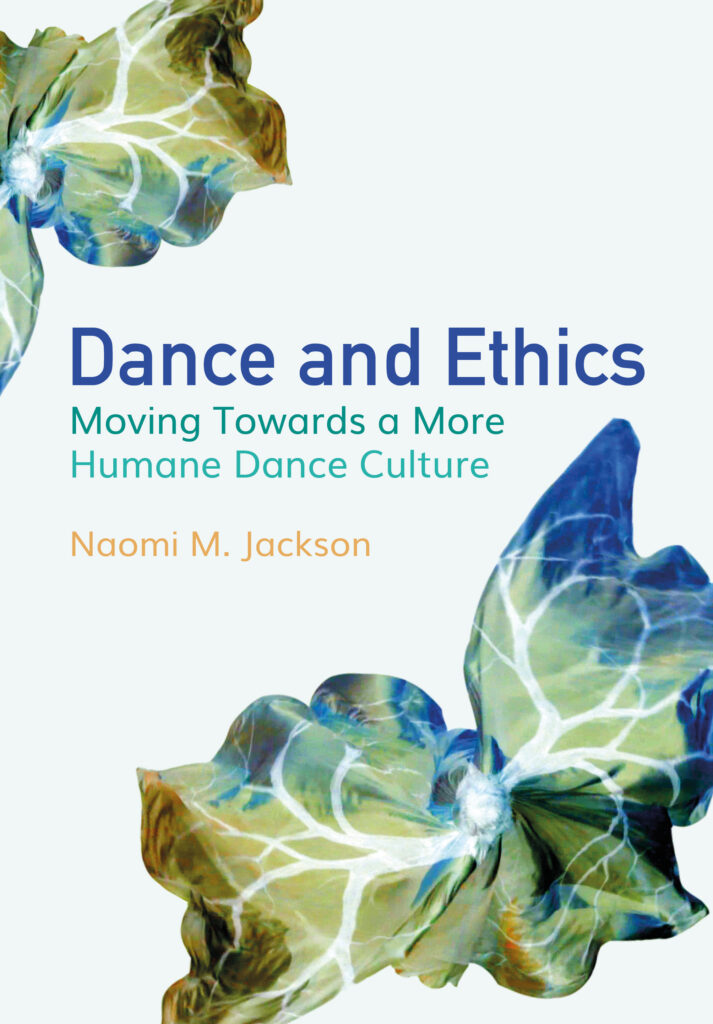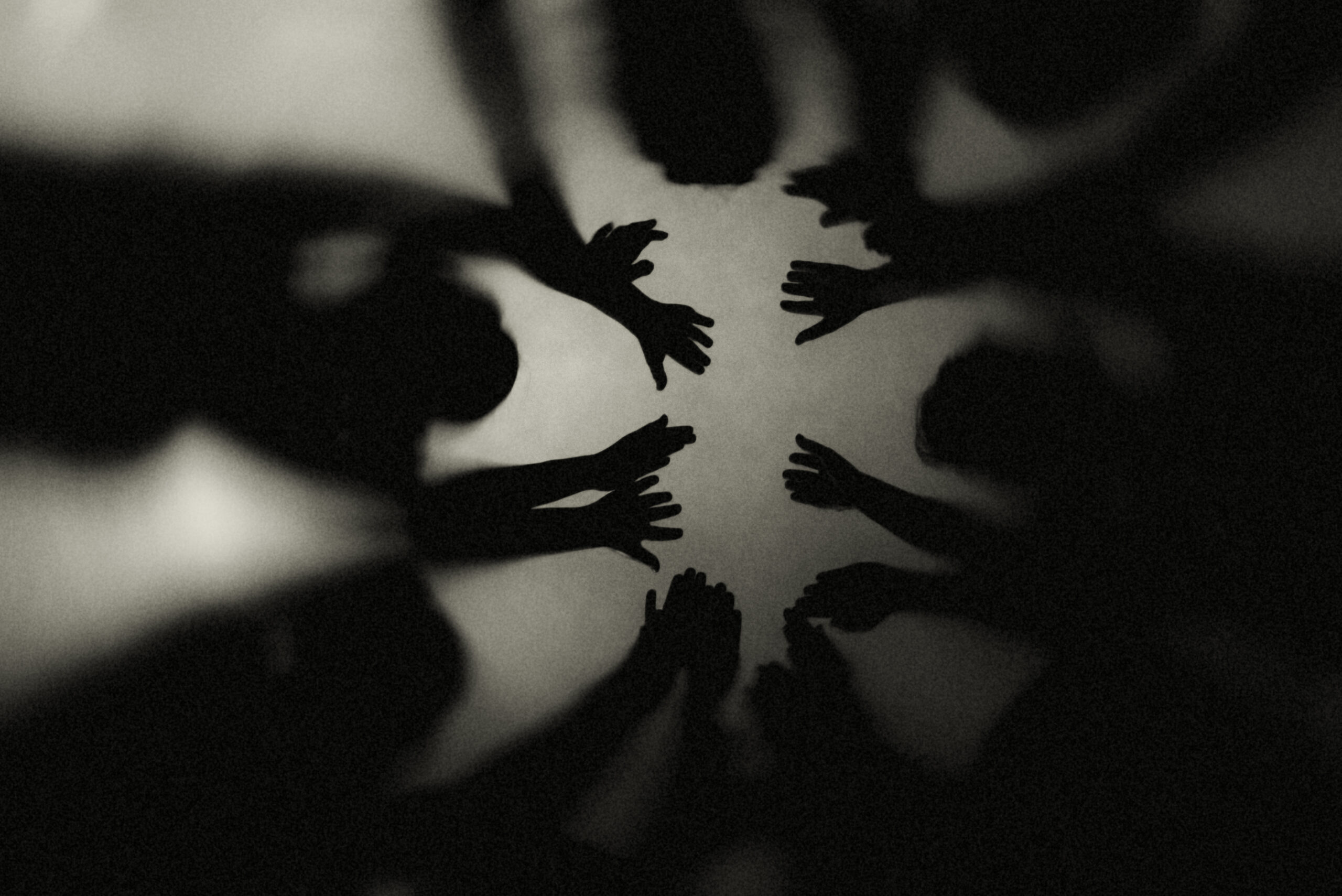Examining the Dance World’s Ethics
An adapted excerpt from the book Dance and Ethics: Moving Towards a More Humane Dance Culture, which considers ethical issues within the field and history of Western dance.
At its most profound, ethics asks how we should live. Where is the line between right and wrong? What does it mean to be a good human being and create a good society? The question is one of ought versus is. Just because something has been a certain way for hundreds of years is not a justification for its continuance.
In the case of the dance field this is especially relevant. While dance is an exciting and vast domain with many different facets, the field writ large has not always grown from a deep consideration of the ethical dimensions of its prevailing practices and values. As dance educator Susan Stinson noted in 1984, “When it appears so obvious that dance can either enhance or diminish our humanness, [why] do we seem to use it so frequently for the latter and so infrequently for the former?”
Studying ethics provides perspectives and possibilities for making the dance world more humane. The specific realm of normative ethics is the study of what is good and bad, right and wrong. However, normative ethics is not monolithic, and the different perspectives are helpful to understand the problems that exist. Virtue ethics focuses more on the character of persons in determining what is good/bad. Deontological ethics concentrates on rules, rights, and responsibilities. And consequentialist ethics centers on results or consequences of behavior. Research shows that the Western dance world functions according to a pseudo-consequentialist perspective that can seriously undermine people’s rights.

The strong tendency in Western dance—as practiced initially in Europe and Russia and then the United States, especially since the dawn of the twentieth century—is to present honorable-sounding statements as rationalizations (often poorly conceived) for how the field functions. Whether intentionally or not, moral-sounding (vs. morally sound) perspectives have come to mask a broad spectrum of questionable behaviors across a variety of styles, from ballet, modern, and theatrical jazz dance to the commercial dance field. These include everything from a choreographer appropriating another culture’s sacred practices to an agent working with one of their presenter friends to ensure a company they represent is in a coveted festival showcase, and even to an atmosphere of fear dominating an entire dance institution.
The main underlying narrative driving this set of practices is that results are what are most valued. For many in dance, everything comes down to the work itself, because great dance can provide a deep spiritual benefit. This belief can lead to the following conclusion: One should do all one can to get the work made and seen. Everything taken together—choreographers, dancers, contracts, funding, etc.—contributes to the manifestation of something outstandingly good: the uplift experienced by viewing great dance.
While seemingly harmless and even inspirational, revering the experience a masterpiece evokes has been used to instill a dangerous, unquestioning reverence for choreographic geniuses and the pedagogical practices they employ. It can mean that it is ethically permissible (and often actually condoned) to be an oppressive choreographer, for example, because the good of providing a superior aesthetic experience outweighs the bad that might arise from being a choreographic bully. It can mean placing inappropriate and ultimately damaging value on mutually supportive, sacrosanct products (rather than processes)—namely, genius choreographers, choreographic masterpieces, major presenting venues, and elite institutions. It sets up a situation where the valued “ends” can easily involve some form of abusive behaviors causing suffering, severely limiting individuals’ rights and compromising decent, humane conduct.
What the field of ethics offers us are ways to challenge such problematic assumptions and actions. We can draw inspiration from the deontological realm, such as the idea that all human beings regardless of context should be treated with dignity and respect—as ends in themselves and never solely as a means to an end. We can also look to virtue ethics, especially an ethics of care and the degree to which it encourages individuals to consciously cultivate traits such as compassion, patience, generosity, fairness, and sensitivity to others.
From a dance perspective, considering rights and virtues means looking at the dance field in a very different light from what has too often been the norm. Dancers, administrators, choreographers, teachers, students, and parents would be encouraged to work collaboratively to determine common values, principles, rights, and responsibilities for any studio, school, program, class, or company. Doing so would help to provide greater clarity and a sense of shared responsibility, moving us toward a more humane dance world.

Naomi M. Jackson, PhD, is a professor in the School of Music, Dance and Theatre at Arizona State University.




